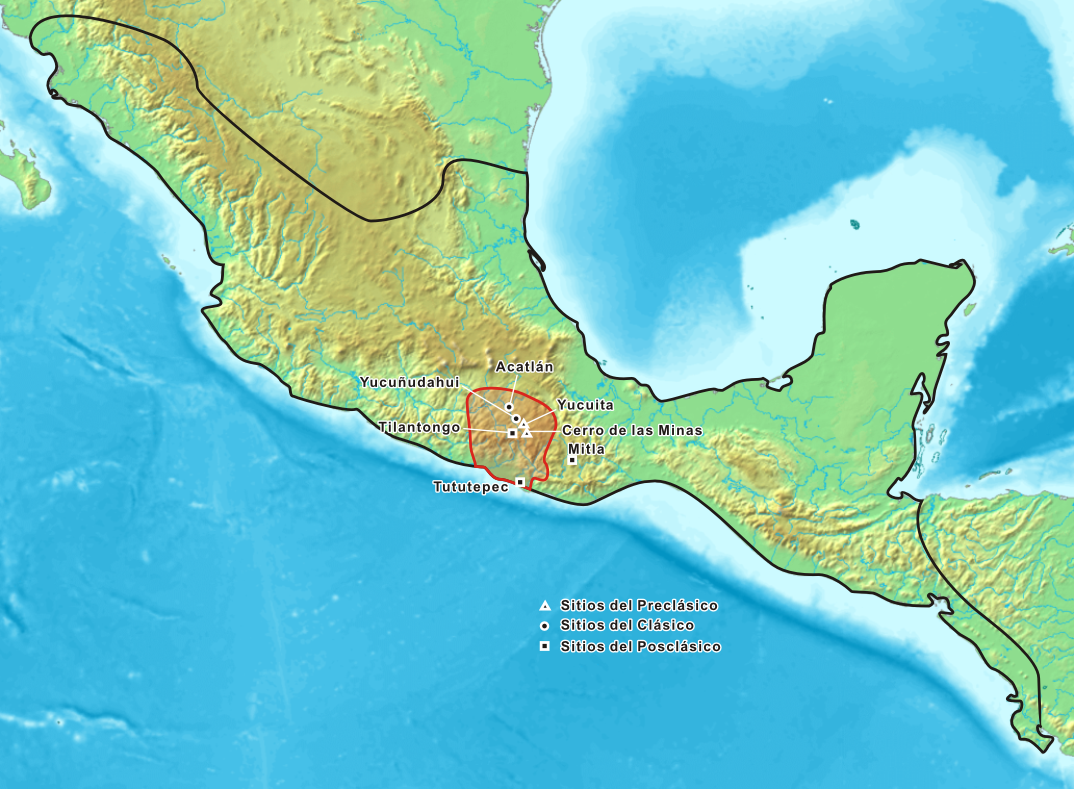I waited way too long to read A Memory called Empire. It’s a phenomenal book that presents readers with unfamiliar names and customs, and it’s done so well.
![A Memory Called Empire (Teixcalaan Book 1) by [Arkady Martine]](https://m.media-amazon.com/images/I/51iPSMAuWRL.jpg)
This is a book that has been sitting in my TBR pile for quite a while now and truthfully I am not done reading it, but the naming conventions interested me so much I decided to look into them a bit and write this post.
The book follows the new ambassador from Lsel Station, Mahit Dzmire, as she arrives at the imperial court of the Teixcalaanli Empire. Her first priority? Finding out what happened to her deceased predecessor. That’s enough context for now.
What I really want to talk about are the names of the characters from the Teixcalaanli Empire. The first one we meet is named Three Seagrass and we are soon introduced to many others like Nine Maize, Ninteen Adze, Six Direction, Fifteen Engine, Thirty Larkspur, and so many others. Luckily, we see all this through the eyes of a character who is new to the culture and her assigned cultural liaison is able to provide some context. In short, all names consist of a number and a noun. Parents then use certain customs such as a belief that low single digits are good luck to decide on the name of their child. It’s further implied that the noun used in their name may sometimes reflect what is important to daily life in their place of birth.
So far that’s all that’s been explained so far, it’s possible that more will come later in the book but I am impatient so I decided to do some digging. To begin, I started out looking for the historical inspiration that Arkady Martine most likely drew from in crafting the Teixcalaanli Empire. If your instinct was to think “mesoamerican” then congratulations, you and I think a lot alike.
I began in the place where all research begins, Wikipedia. There I found an account of the Mixtec king Eight Deer Jaguar Claw, or 8 Deer for short, who was the only Mixtex king to ever unit them all under one banner. The Mixtecs were later conquered in the 16th century by the Spanish and there are about 800,000 Mixtec still living in Mexico today.

So that was a good start and it gave me what I needed to look a little further. As it turns out, the basis for Mixtec names came from the calendar that they used, with individuals being named after the day they were born. So Eight Deer would have been named after the day on which he was born. There are thirteen days and twenty symbols on this calendar. Eventually, I found this site which offers much more context on Mixtec names and mesoamerican culture in general.
Basically, the day a person was born would be their name as we already established, and the individual may then add to their name or change it later in life. The day a person was born was believed to reflect their future including their profession, personality, and even spouse.
So that’s the basis of names used in Arkadi Martine’s A Memory Called Empire. It’s a great bit of worldbuilding on Martine’s part. It makes complete sense that after several millennia parents would stop using the literal date to name their children and instead name them based on their hopes for their child’s future. Depending on how involved Martine chooses to get with the names later in the book, a character’s name could say a lot about what their family expects of them.
I’m not finished reading this book, but my initial impressions are nothing but positive. I really like the worldbuilding based in mesoamerican culture and can’t wait to see other ways in which that history and culture is incorporated.
Have you read A Memory Called Empire? What did you think? Did you find any good resources to learn about the historical inspirations for Arkady’s worldbuilding? Let me know in the comments!

